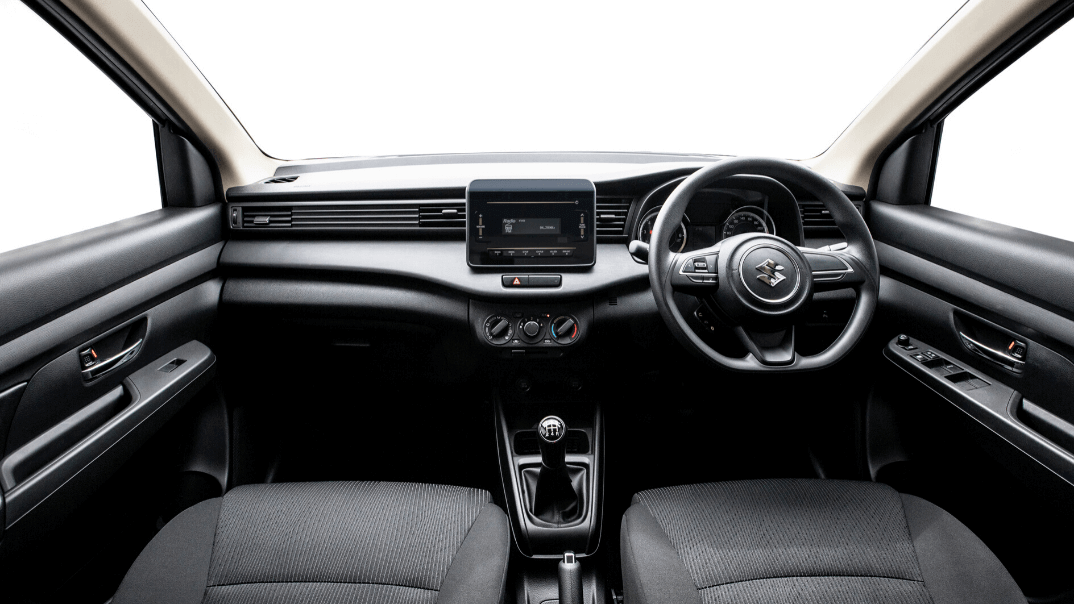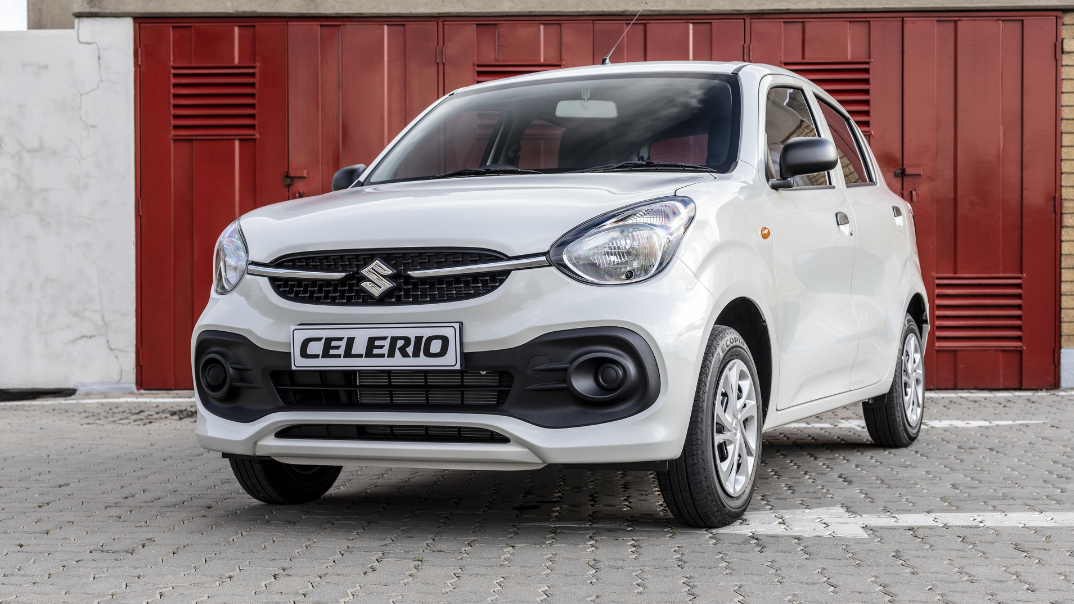 Buying a new car is both an emotional and financial decision – both of which require some serious thought before making the commitment. Part of that is looking at the specifications of the car and relating those to your needs – but what do all those terms actually mean?
Buying a new car is both an emotional and financial decision – both of which require some serious thought before making the commitment. Part of that is looking at the specifications of the car and relating those to your needs – but what do all those terms actually mean?
The emotional aspect of car buying comes from falling in love with the looks and features of the car but, while you may be able to afford that super-sexy sports car that sets your heart racing, it may be totally impractical for your actual needs.
So, the first step is keeping your emotions in check and rationally analysing what you need from the vehicle you want to buy – will it be a high mileage runner doing long distances or will it be mainly for city commuter use with occasional long-haul needs?
To make this choice requires understanding some of the terminology used in vehicle manufacturer Specification (spec) Sheets and to help you we have compiled some of the terms most commonly used.
Engine capacity
Inside the ‘block’ of any combustion engine (petrol or diesel) are a number of cylinders – from three to 12 – that move up and down as the mixture of air and fuel ignites. The capacity of these cylinders is expressed in litres.
Engine capacity means the combined volume of the cylinders in the engine (measured in cubic centimetres or cc). To put things in perspective, imagine a water container with a volume of 499,5 cc which represents one engine cylinder. Now, add three more containers of the same volume. You will then have a combined volume of 1 998 cc.
That equates to a 4-cylinder engine with a displacement of 1 998 cc, which in most spec sheets is rounded off as 2,0-litre.
Kilowatts / Torque
Kilowatts (kW) is the amount of power generated by the engine as it turns air and fuel into energy. Torque is the amount of force the engine is capable of exerting in order to propel the vehicle forward.
Torque is the force of the engine, power is how quickly you get there.
Torque (measured in Newton Metres Nm) is what helps move the car from standstill. Power (measured in kilowatts kW) is what keeps the car going. Most cars develop their maximum torque at lower engine speeds (say 2 000 r/min - 3 000 r/min), whereas maximum power often occurs at higher engine speeds.
Both have a bearing on your decision – for a person with city runabout needs, power (kW) and torque (Nm) need not be excessive, whereas someone who may need to tow a caravan or trailer will need more of both.
For example: The Suzuki Celerio 1.0 GL has an engine capacity of 998 cc (expressed as 1,0-litre) with 50 kW of power and 90 Nm of torque, whereas the Suzuki Grand Vitara has a capacity of 2 393 cc (2,4-litre) with power at 122 kW and torque of 225 Nm making it a much more powerful vehicle than the Celerio.
Turbocharging
Every combustion engine needs a mixture of air and fuel (petrol or diesel) that is ignited inside the cylinder with the resulting explosion providing the force to drive the piston. In a normally - aspirated vehicle, the air is drawn from the atmosphere – i.e. air passing over the engine as it moves. A turbocharger takes in this air and then uses an impeller (a device like a screw inside a casing turning at very high speed, where the ‘thread’ literally screws air into the engine) to raise the air pressure as it is forced into the cylinder.
This results in improved power and torque and eliminates most of the power loss felt between sea level, where the air is oxygen-rich, and higher altitudes where it is ‘thinner’ – e.g. Durban and Johannesburg.
Transmission
The power and torque being created by the engine is fed to the transmission that, in turn, distributes it to the drive wheels so the car can actually move.
There are four major types of transmission; Manual, Automatic, Automated manual transmissions (AMT), and the continuous variable transmission or CVT. Manual gives drivers full control of changing gears, while the automatic provides a more relaxed and convenient driving experience by doing away with the hands-on operation of the clutch and gear shifting.
The AMT delivers all the comfort of a traditional AT (Automatic transmission) by removing the need to press down on the clutch pedal but also gets rid of the hesitation often encountered when gears change in an auto gearbox.
The CVT is similar to an automatic so one does not have to change gears in order to increase or decrease speed. Think of it as having a single gear that can adjust itself to low, medium, or high speeds – like an elastic band stretching and returning to normal.
Powertrain
This refers to the wheels that are driven by the engine and transmission. The most common powertrains are front-wheel-drive (FWD), rear-wheel-drive (RWD), and 4-wheel-drive (4WD).
Many cars use the FWD powertrain, while high-performance cars or those with bigger bodies use RWD for better handling, stability on heavy loads, or both. 4WD vehicles do well on uneven or varying road surfaces because power and torque are transmitted to all four wheels, improving grip in the process.
ABS / EBD
ABS stands for Anti-lock Braking System. Developed initially for aircraft, it is a device that prevents the wheels from completely locking under heavy braking, thus preventing skidding. It allows the driver to steer the car more effectively while braking to avoid a collision. EBD, on the other hand, means Electronic Brake-force Distribution. It automatically adjusts and evens out the braking power to the front and the back wheels, depending on the situation and load carried by the vehicle (i.e. passengers and luggage).
Cruise control
The cruise control allows the driver to programme the vehicle to maintain a certain speed without the driver having to step on the accelerator pedal.
Now that you know more about Suzuki specs, if you want to experience a Suzuki for yourself, book a test drive and get behind the wheel of your favourite model. Feel those specs in action.



![[VIDEO] How Things Work: Tyres and Mags | UPDATED](https://blog.suzukiauto.co.za/hubfs/Untitled%20design%20(5)-Dec-18-2022-04-58-29-1042-PM.png)